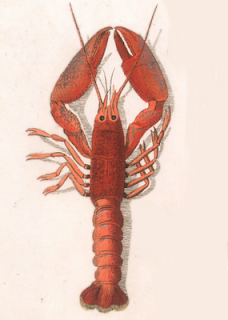 |
| Nesasio solomonensis |
The Fearful Owl is a tropical owl found in lowland forests of Papua New Guinea and the Solomon Islands. They are very rarely seen, but they do have their own Solomon Islands postage stamp! These Raptors are a top predator in their range, most commonly feeding on the Northern Common Cuscus, along with other Cuscus species. Cuscus hunting is one of the reasons that the Fearful Owls are now Vulnerable-- their main prey is being over-hunting by man, giving them fewer things to eat.
Another reason for their decline is the growth of the logging industry. Fearful Owls need the forests in order to survive, and without them they have no where to go. It is estimated that only 6,000 of these birds remain, and there are currently no major conservation efforts in place to keep them around.
IUCN Status : Vulnerable
Location : Papua New Guinea, Solomon Islands
Size : Length up to 15in (38cm)
Classification : Phylum : Chordata -- Class : Aves -- Order : Strigiformes
Family : Strigidae -- Genus : Nesasio-- Species : N. solomonensis
Family : Strigidae -- Genus : Nesasio-- Species : N. solomonensis
 RSS Feed
RSS Feed Twitter
Twitter 13:30
13:30
 booker2o73lister58
booker2o73lister58









































